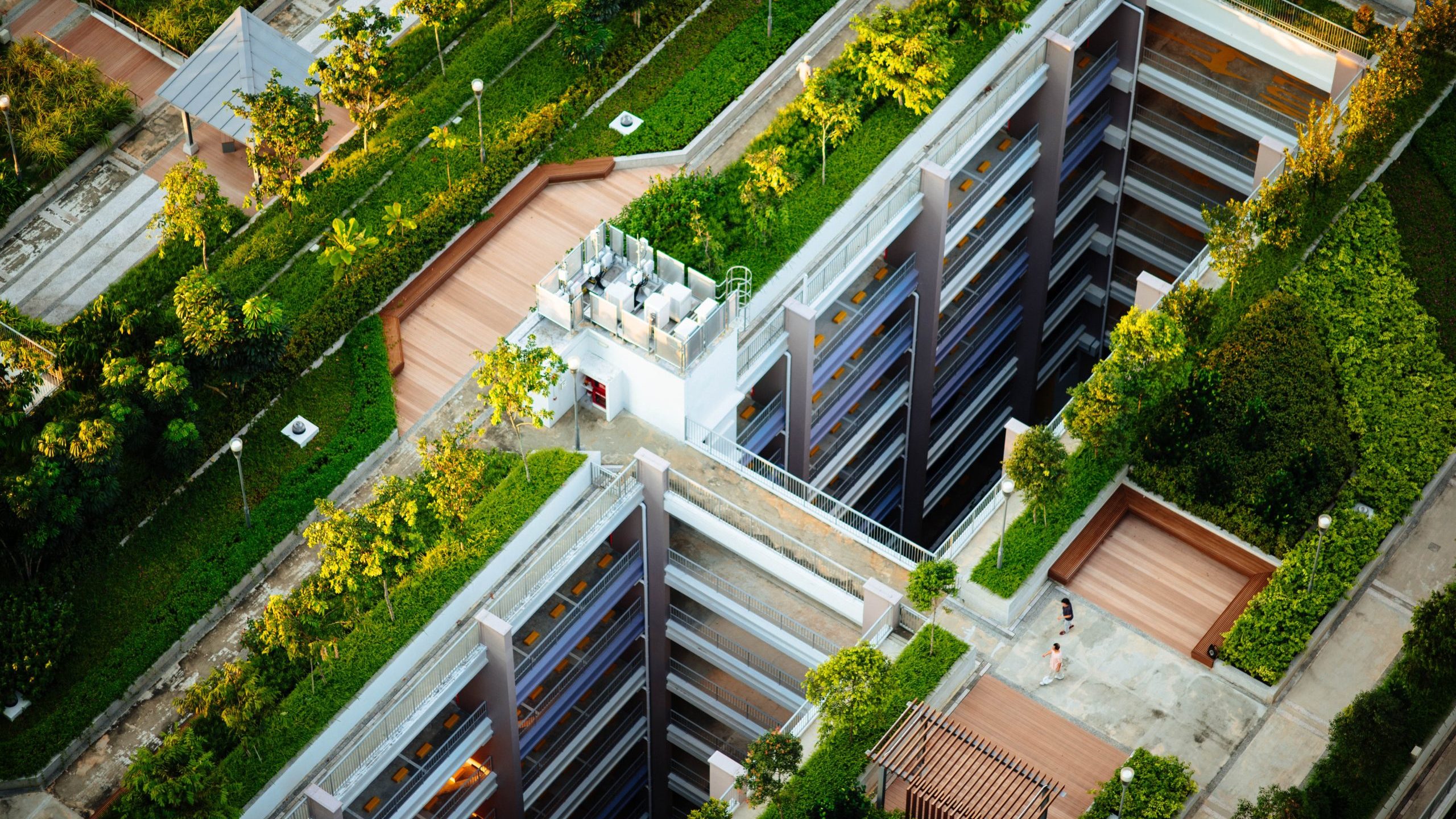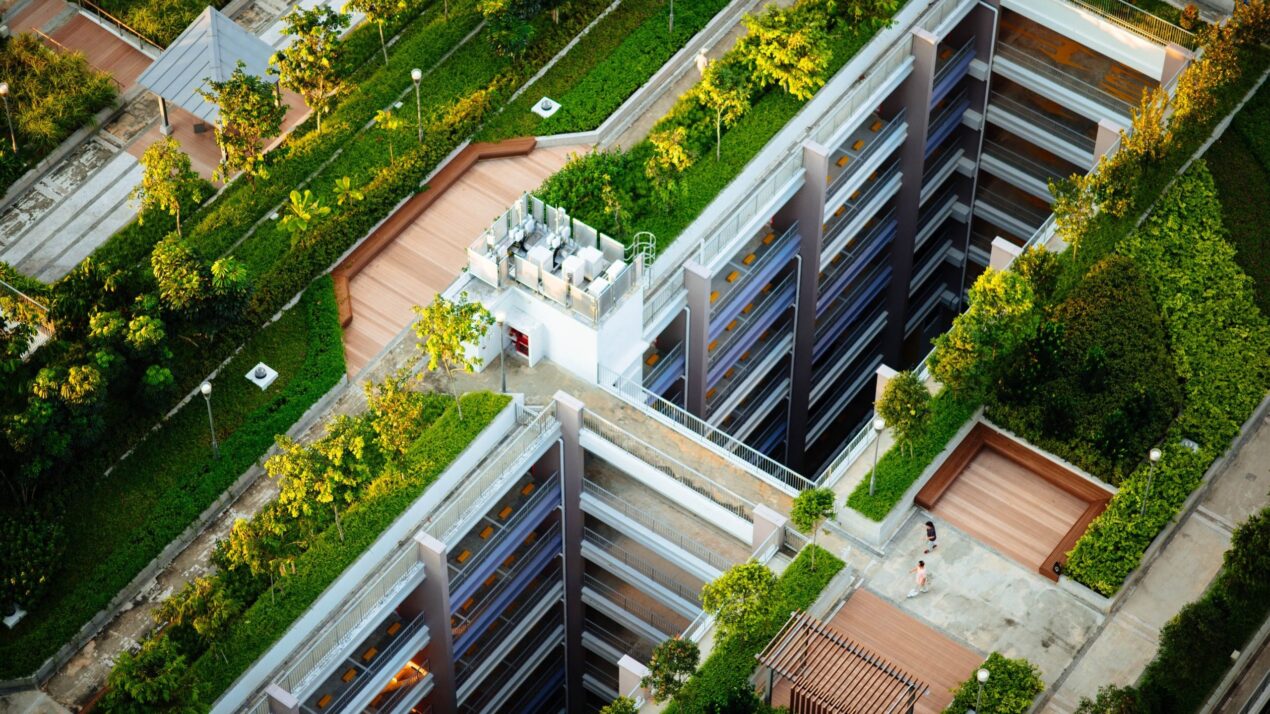
Policy Solution
Heat resilient building improvements
Awareness and Engagement

Summary
Education campaigns for private property owners and developers can build support to invest in heat-resilient building improvements like cool roofs, understand the cost-saving benefits, and access available incentives and programs.
Implementation
Create informational materials and campaigns on ways building owners can reduce the temperatures of their properties.
Considerations for Use
Property owners may also need additional technical assistance and resources after learning about available options.
Overview
Climate:
Cold, Hot/Dry, Hot/Humid, TemperatePolicy Levers:
Awareness and EngagementGovernments may design and operate programs with the goal of increasing awareness and engagement among constituents or stakeholder groups about the risks and opportunities of extreme heat.Trigger Points:
No-regrets actions (low cost/low effort but substantial benefit)Interventions that are relatively low-cost and low effort (in terms of requisite dependencies) but have substantial environmental and/or social benefits.Intervention Types:
Buildings and Built FormSectors:
Buildings, Informal Settlements
Impact
Target Beneficiaries:
Property owners, ResidentsPhase of Impact:
Risk reduction and mitigationMetrics:
Energy savings, Number and scores or levels of certification for buildings that receive green ratings, Number of buildings that comply with updated building codes
Implementation
Intervention Scale:
BuildingAuthority and Governance:
City government, State/provincial governmentImplementation Timeline:
Short-term (1-2 Years)Implementation Stakeholders:
City government, Private developers, Property owners and managers, State/provincial governmentFunding Sources:
Public investmentCapacity to Act:
High, MediumBenefits
Cost-Benefit:
LowPublic Good:
MediumGHG Reduction:
LowCo-benefits (Climate/Environmental):
Reduce greenhouse gas emissionsCo-benefits (Social/Economic):
Increase property values, Save on utilities